Interview: Jon Gomm – The Acoustic Asylum
Jon Gomm is one of the UK’s most talented acoustic guitar players, a fingerstyle virtuoso with devout independent ethics. We speak to the Blackpool-born player about his new album Live In The Acoustic Asylum, the health of acoustic guitar music in the modern musical landscape and his surreal life…
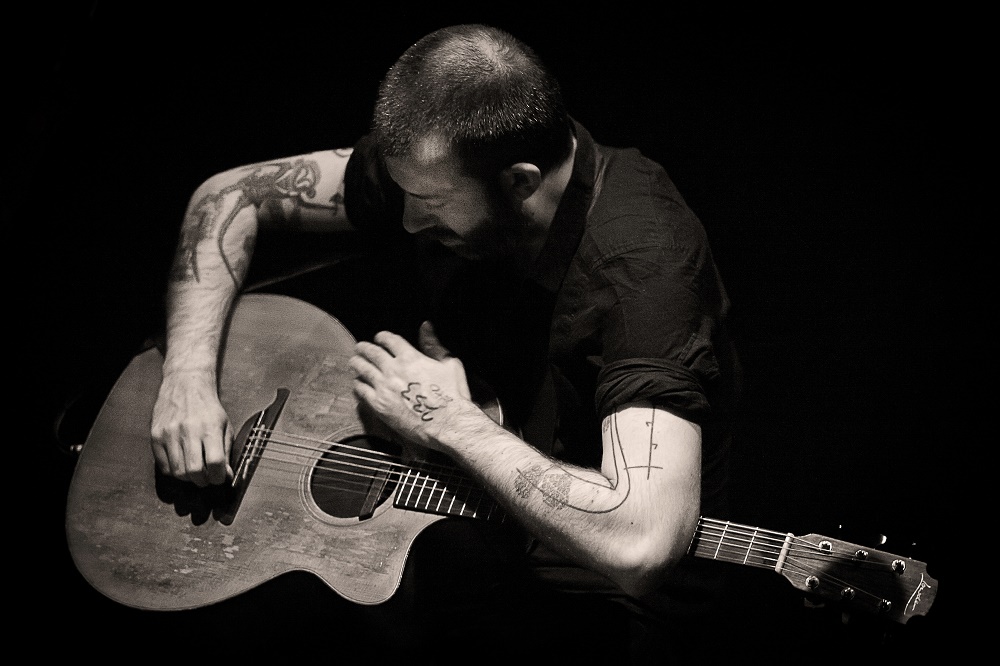
While autumn has been steadily yielding to the icy clutches of British winter, Jon Gomm has been busy. He’s released a new live album, toured the UK and Canada and is about to embark on a short jaunt around Hong Kong, Korea, Mongolia and China.
For the Blackpool-born guitarist, one of the UK’s most gifted acoustic players, a disciple of American fingerstyle pioneer Michael Hedges and a fiercely independent artist, whose most famous song, Passionflower, is closing in on 10 million YouTube plays, life can sometimes seem unreal.
“Sometimes it feels surreal, but it depends what mood I’m in. Sometimes I get vertigo,” Gomm admits. “I’ll just be at home and I’ll think ‘remember when you played in Australia and that aboriginal elder Darryl did a welcome to the country ceremony to make you an honorary member of his Gubbi Gubbi tribe?’.
Or ‘remember when you were up on top of Table Mountain with your support act?’, or ‘remember when you were on the Great Wall Of China and you’d played at the Beijing 100 Years Honours Hall the day before?’ and I just freak out and get vertigo. I’ve been to all these places and done all this stuff and a lot of it is just a blur.”
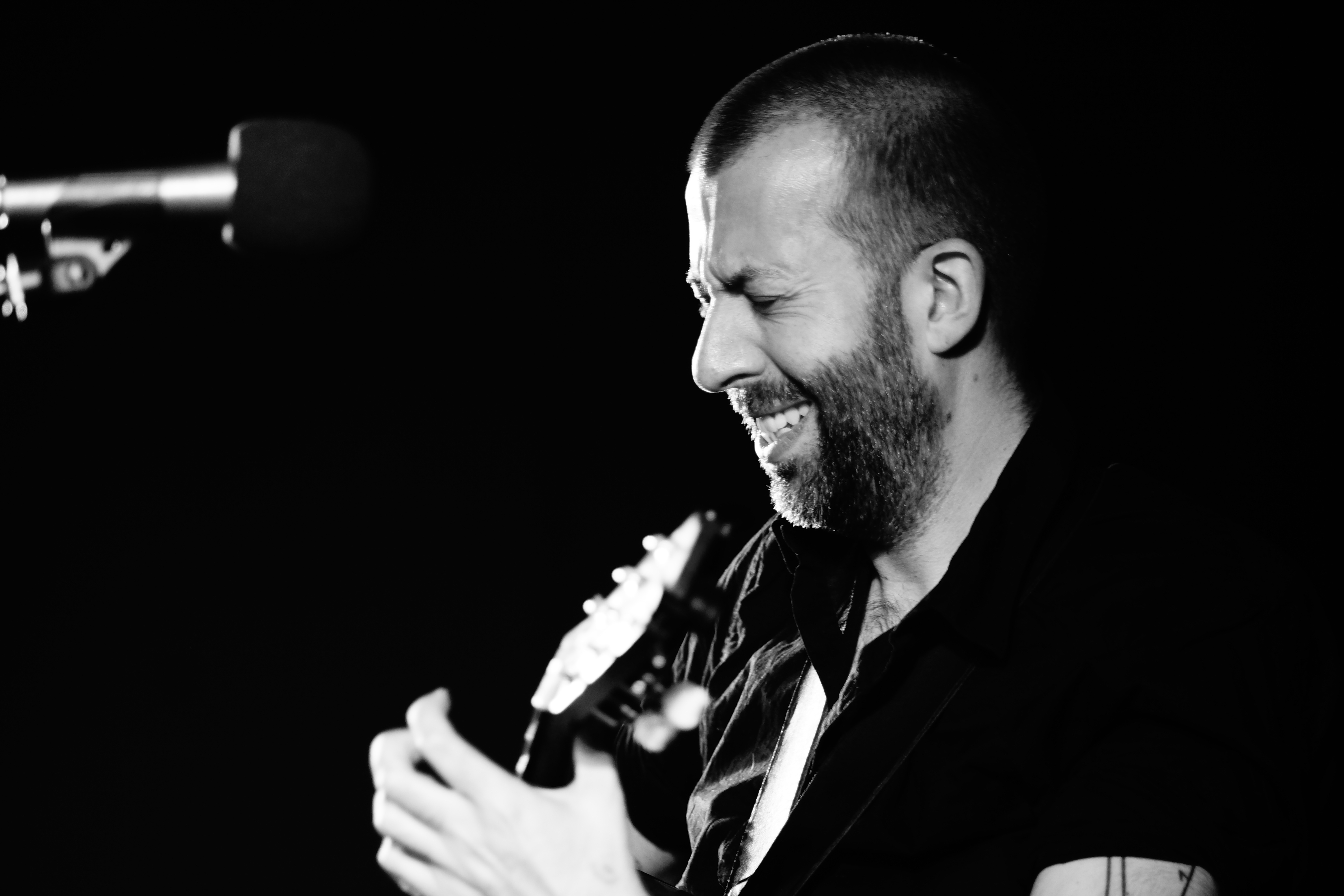
Gomm learnt early in life from some bona fide legends of guitar music the value of treating fame and fortune as imposters. His father edited the local paper in Blackpool when Gomm was a child, and when stellar names such as BB King, Jack Bruce and his ultimate icon Walter Trout played at the town’s live music venues, the fledgling guitarist would be afforded a backstage audience with his heroes.
“I learnt from these guys that being a musician is a thing in itself and being famous or a pop star is a separate thing,” Gomm recalls. “I would be 10 or 11 years old and I’d go to a gig in Blackpool. My dad was friends with the promoter at Sequins nightclub and I went to see Walter Trout there. I’d be really excited and go into school the next day and tell all my friends and they’d think I was insane. They considered me being into guitar players as if I was a trainspotter or something.
“I thought it was cool, these American guitar players coming over here and playing blues and drinking beer and being awesome. I realised that I didn’t want to be like Jason Donovan or a pop star, I wanted to be a musician – and I knew they were separate things. I’ve never seen being famous as any measure of self worth or my success.
“When I was a kid, Walter Trout was my absolute favourite human being, my hero in every way. I played guitar like him, bought a Strat and learnt all his licks. I had an old blank tab book and filled in everything with his licks. I showed it to him once and he was like ‘What? Did I actually play all this stuff?’. He taught me the Mixolydian mode in my dad’s kitchen. It wasn’t all just screaming blues licks, he taught me technical stuff as well.
“I met BB King at the Winter Gardens in Blackpool, I guess I was about 14. He did most of the gig sitting down in a white suit with gold sparkly bits on the lapels. He played great and I absolutely loved him. I got backstage and shook his hand and he let me play Lucille.
“Even back then, I knew it wasn’t the real Lucille, it was a Gibson Lucille model, but it was a Lucille and that was enough for me. He was really nice and said I played really good. He was full of smiles and laughter and was really lovely.
“I met Jack Bruce, and was terrified. In my memory he was huge and had this kind of military haircut and was wearing sunglasses in the dressing room. He was so Glaswegian I couldn’t understand what he was saying!”

Much of that journey from starry-eyed teenager gazing in awe at his onstage idols to globe-trotting fingerstyle virtuoso who avoids the trappings of the mainstream music industry, has been undertaken by Gomm with the same guitar strapped across his shoulders – his cherished Wilma, a Lowden O12C bought in 2000 for £750.
“I wouldn’t play steel-string guitar if it wasn’t for Lowden,” says Gomm. “They have this warmth and midrange. When I pick up a standard steel-string guitar, they’re kind of ‘twangy’ instruments, it’s all treble, and I was never interested in playing steel-string guitar through my childhood. Even when I played slide guitar I’d play it on a nylon-string.
“I went to see Nick Harper, a great singer/songwriter, and he plays a Lowden tuned really low with big strings on, and that was basically the sound I wanted. I thought, ‘electric guitar is just a toy compared to that sound’. I couldn’t afford a Lowden at the time, but managed to find one second-hand in a magazine.
“It was in Winchester and I didn’t have a car. I phoned my dad and he said ‘that’s funny, I’m going to Winchester tomorrow’, and he went and picked it up for me. Wilma cost me £750, and I’ve done I don’t know how many gigs with her, she’s the only guitar I play.
“We’re working on a signature model at the moment. I didn’t want Lowden to just build a replica of my guitar or just a standard jumbo and put my name on it. We’re doing some fairly radical things, that I can’t talk about yet. We don’t know if it’s going to work, but if it does it’s going to be an original design concept.
“George [Lowden] has been making guitars since the 70s and is probably the most influential luthier alive. He revolutionised the guitar, and even though he’s been doing it for a long time he’s still really interested in any innovative idea.”
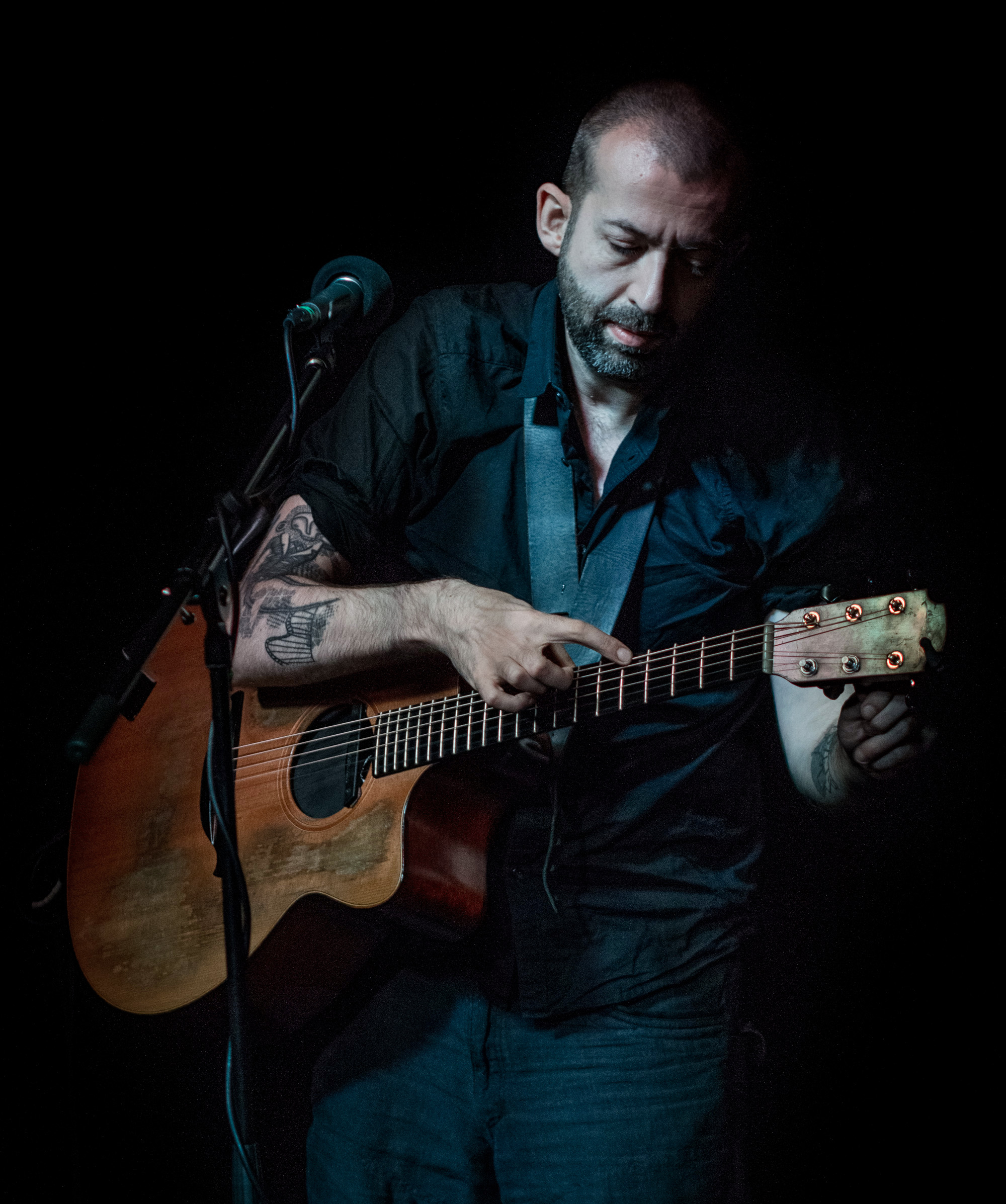
Gomm’s live setup utilises Fishman Rare Earth Blend and BP-100 pickups, along with a trio of EQ pedals, as well as overdrive and octave effects, into a Trace Elliott TA100 that Gomm says he uses “basically for monitoring”. In keeping with his devoutly independent ethos, his strings of choice are 14-68 gauge, handmade by small UK company Newtone “in a shed in Derbyshire”.
“The humbucker is really useful because it only gets the sound of the strings, not the percussion, and it responds really well to effects,” he says. “I run it through an octave pedal and sometimes use overdrive. I also use an old BP-100 – a double bass pickup, stuck onto the wood, and that is basically there for my kick drum.
“It comes out through three separate outputs to three EQ pedals, Boss Parametric EQs, which they don’t make anymore. I think I have half the world’s supply. I’m always trying to get them to make them again.
“I use various overdrive pedals and I like the Boss Bassman amp simulation pedal. I prefer it to the Deluxe Reverb version, as it’s a bit dirtier. Then it goes into a Boss OC-3 that’s on all the time. I use the polyphonic setting. It’s like having the world’s most boring bass player following me round playing the root notes.”
Gomm’s new album, Live In The Acoustic Asylum, a nine-track collection of ‘new performances of old songs’ is out now, and selecting the tracks to make the cut was an exhaustive process.
“I needed to make videos for some old songs that I never had videos for because I wanted to make sure they existed in the world of YouTube and Facebook because that’s how a lot of people discover my music,” he explains. “I did it by a process of – what songs are neglected?
Which songs are the ones people don’t know about? Ones that people seem to request a lot at gigs, but when they request it, you can tell afterwards that half the audience have never heard it before. I still have respect for those songs and want to bring them back a little bit.”
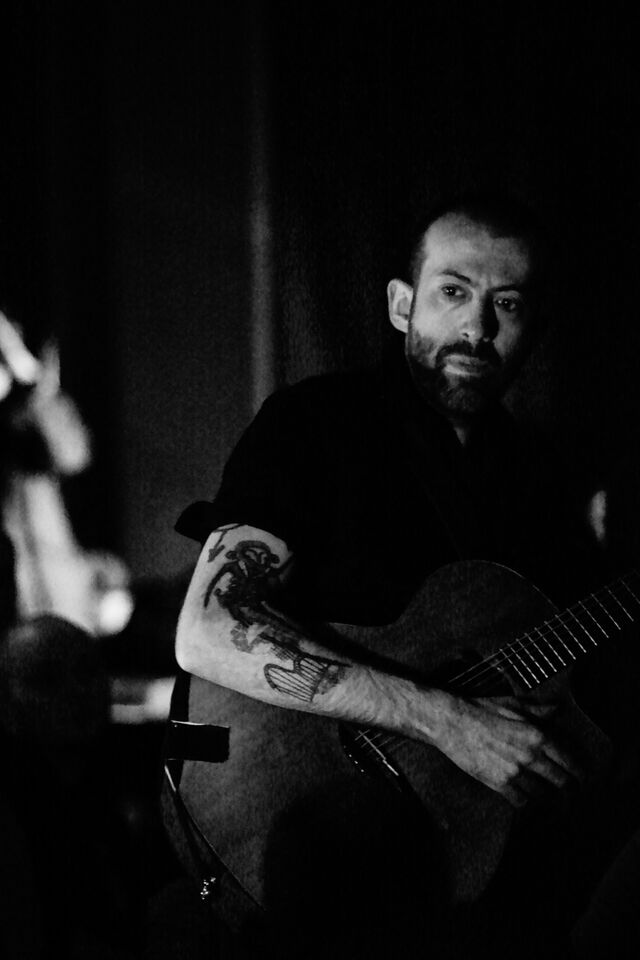
Gomm is optimistic about the health of acoustic guitar music at a time when British players such as Ed Sheeran and Ben Howard sit comfortably in the mainstream, logging up millions of album sales and harvesting widespread global acclaim. He’s also encouraged that technical fingerstyle playing and advanced techniques are present in their music – if you train your ears keenly enough.
“Ben Howard does some tapping stuff and was influenced by a friend of mine, John Smith,” he says. “Ed Sheeran is another example. I’m friends with Preston Reed, who’s a tapping guitar pioneer, and Ed had a couple of lessons with Preston a long time ago.
It’s funny how these things leak in. Ed Sheeran does all this looping stuff and will do beatboxing and quite often put in a bit of percussion on the guitar. It’s not super-technical, he’s not like Preston Reed, but those influences are still in there, and it’s really interesting to me how all this stuff mushes together.
“It’s really exciting. Ed Sheeran is a great example; he’ll do a two-hour show, even though he’s a big star, with just an acoustic guitar and a loop pedal – the same way he’s been doing for years. I have a huge respect for that and a huge respect for him as a songwriter. Acoustic guitar technique should always just be a part of music, it shouldn’t be the whole reason for it existing, but it is fun in its own right as well.
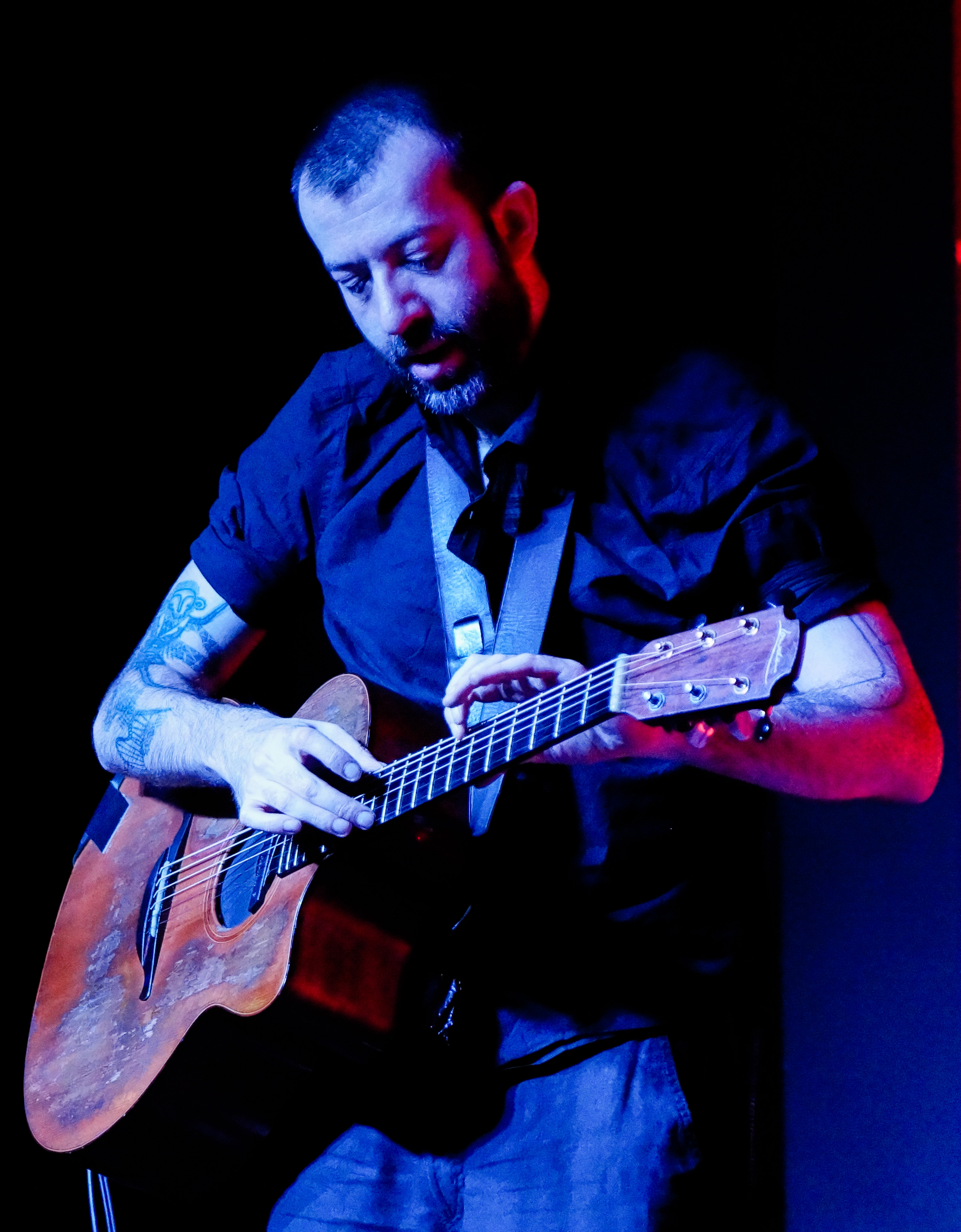
“When I was a kid, the arguments were feel versus technique in the electric guitar field – is Steve Vai really good, because BB King can express the same thing in two notes as he can in 100 notes? Which is absolute bollocks and doesn’t mean anything, they’re completely different musicians and the comparison is ridiculous. It’s started to happen in the acoustic guitar world now, too.
“Friends I know have this internal battle, because sometimes they just want to write the simple guitar tune, but they worry their audience won’t take to it because they’re known for being a technical guitarist.
“There are so many great technical acoustic guitar players out there, but it tends to be towards this one thing of contemporary modern fingerstyle, which I love, but less about awesome acoustic blues players. Maybe that will come back, and maybe when it does they’ll all be tapping on their guitars…”
Jon Gomm’s new album, Live In The Acoustic Asylum, is out now. Get the January issue of Guitar & Bass, on sale 4 December 2015, for Jon Gomm’s exclusive 10 tips to becoming a better acoustic guitarist.
